DELOULE Etienne – CRPG-CNRS, France
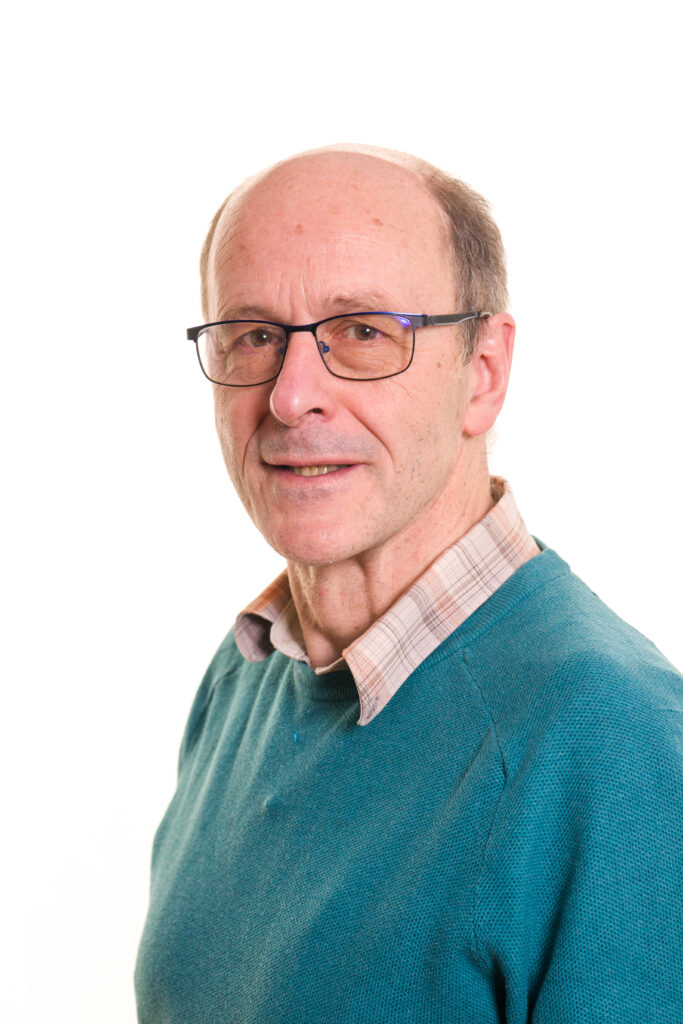
Etienne Deloule is a geochemist working at the Centre de Recherche Pétrographiques et Géochimiques (CRPG) in Nancy, France. Until recently, he was the head of the CRPG SIMS lab, equipped with a CAMECA ims1270E7 and a CAMECA ims1280HR. In addition to developping analytical procedures on SIMS, he is mostly working on U-Pb datation of ore minerals, and the distribution of water and light elements of nominally anhydrous minerals in the lower crust and in volcanic systems.
Abstract:
“40 years of trying to develop high mass resolution high sensitivity measurements by ion microprobe: success and limitations”
Ion microprobe or Secondary ion mass spectrometry was initially developed in the 1960s to image the 3D distributions of elements at and below the surface of solid samples. In the following years many applications were developed in earth sciences, including determination of trace or volatile element concentrations and isotope ratio measurements. These numerous applications required development of increasing high mass resolution, to allow the separation of the isobaric interferences of mono atomic double charged ions (Mg++, Si++, …) and of poly-atomic ions such as hydrides: H2+, CH±, OH± ,SiH±…, oxydes MgO+, AlO++, SiO+, BaO+, HfO+, UO+, UO2+…, or organic and complex ions : CN-, SiC-, SiN-, CaPO2+, Si2O3+, HfSi+… . Therefore the ion microprobe instruments were improved through time to reach mass resolving power (MRP = M/∆M) from a few hundreds up to more than 30,000.
The aim of this talk is first to retrace the evolution of Ion microprobe instruments toward high MRP over these sixty years, using different technical choices based on the physics of secondary ion optics, with double or triple focusing configurations. The developments made at CRPG-CNRS on the CAMECA IMS 1270 E7 and IMS 1280 HR for Earth Science applications requiring high mass resolution set-ups will then be presented, such as measurements of Br contents or H, N, Ca and Sr isotope compositions. The instrumental limitations, such as identification of isobaric polyatomic interferences in the medium mass range, or abundance sensitivity at high mass resolution, will be presented. To conclude, ways to improve the sensitivity at high mass resolution (how to measure precise isotopic ratios using the smallest quantities of the elements of interest) with these instruments or the next generation will be discussed.
HISAYOSHI Yurimoto – Hokkaido University, Japan
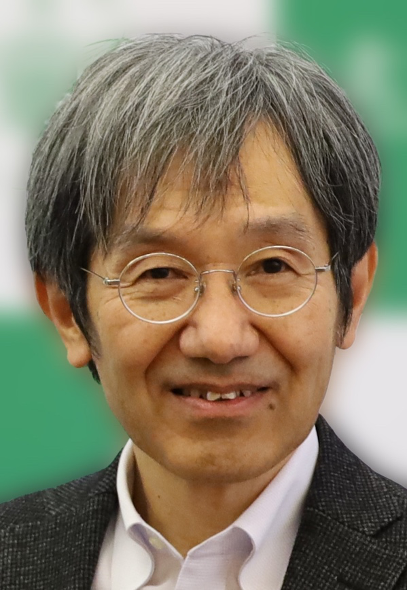
Hisayoshi Yurimoto is a professor at the Department of Natural History, Hokkaido University (Japan). His research develops novel instruments (SIMS and SNMS) to anatomize meteorites and extraterrestrial materials including returned samples by planetary exploration, and applies the isotopic and chemical approaches to understanding the origin and evolution of the solar system and planets. He is a Geochemical Fellow, a Fellow of the Meteoritical Society, a JpGU Fellow and he is a recipient of the Leonard Medal of the Meteoritical Society.
Abstract:
“Impacts of isotope microscopy on cosmochemistry and coming impacts of isotope nanoscopy”
Secondary ion mass spectrometry (SIMS) is powerful for describing how elements and isotopes are distributed among crystals in rocks. Combination of SIMS and microscopy (isotope microscopy) is useful for analyzing how rocks were formed and what chemistry controlled their formation. Achievement degree of chemical/isotopic equilibrium can be tested by isotope microscopy. Geospeedometry can be applied if the heterogeneous chemical/isotopic distribution was on the way to reaching equilibrium. The performance is invariable for inferring high temperature events in the solar nebula quantitatively because it is hard to analogize formations of refractory inclusions (CAIs) and chondrules from geological phenomena. Recently liquid metal primary beam and strong field post-ionization were introduced to SIMS. Spatial resolution has actually improved to nano-meter scale (isotope nanoscopy) and noble gases are now included in measurement targets. The development of isotope nanoscopy has led to in-situ noble-gas measurements in space-weathered samples. Ranges of atoms implanted into solids are functions of energy of the solar wind atom. We will be able to discuss ancient solar activity of coronal mass ejections and flares from the implanted profile of solar wind atoms. In this talk, I will show instrumental developments of isotope microscopy and isotope nanoscopy, and their applications to cosmochemistry.
HÖSCHEN Carmen – Technical University of Munich, Germany
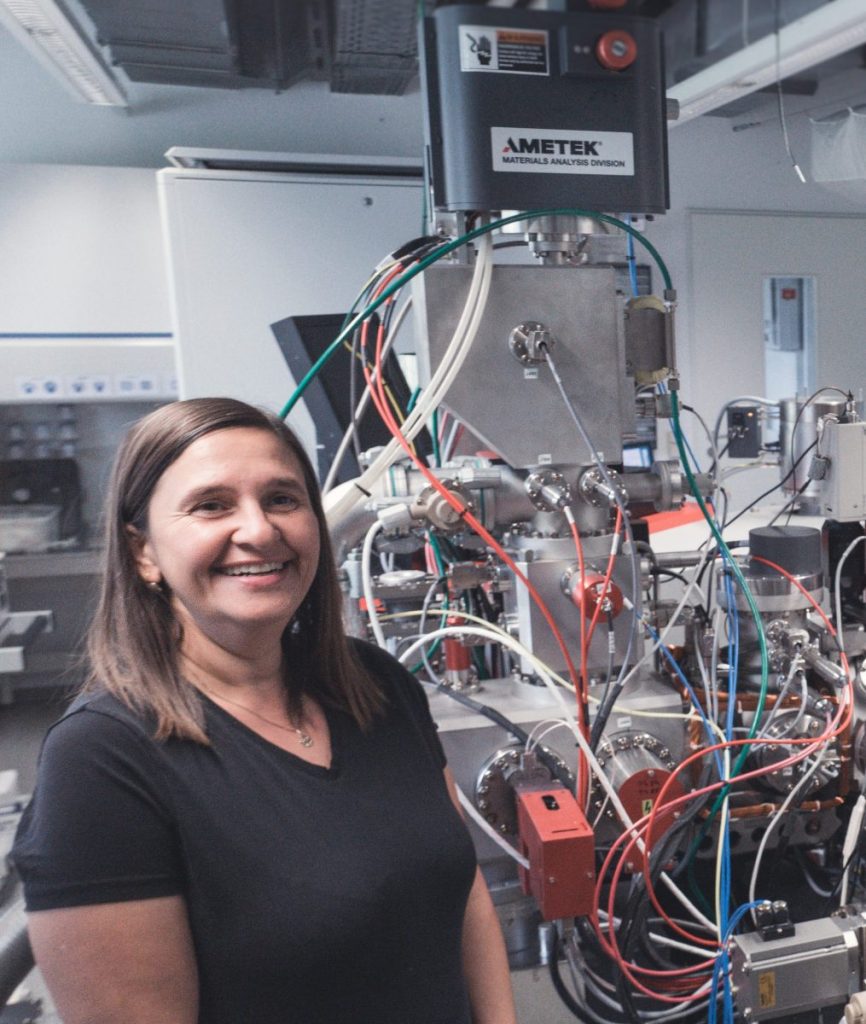
Research interest in NanoSIMS applications: development of analytical methods and data interpretation
- Since 2010
Research Scientist and Head of the NanoSIMS Group at Chair of Soil Science, Technical University of Munich, Germany
- 2006 – 2010
Research Scientist at Max-Planck-Institute for Plasmaphysics, Garching, Germany
- 2004 – 2005
Research Scientist at Institute for Materials Science, UniBw, Germany
- 2001 – 2004
PhD at Max-Planck-Institute for Plasmaphysics (Material Science), Garching, Germany
Abstract:
“Application of NanoSIMS to unravel the architecture of soil organo-mineral constituents and biogeochemical processes at the microscale”
Organic matter (OM) and soil mineral constituents interact closely at the submicron scale forming structural units and providing biogeochemical interfaces. Soil structure itself plays a key role for carbon storage, microbial activity and soil fertility and pollutant mitigation. A better understanding to which extent biogeochemical processes and interactions in the soil are driven by the spatial arrangement of OM and mineral constituents requires advanced efforts to apply novel microspectroscopy approaches.
NanoSIMS, allowing unique elemental and isotopic analyses at nanometer spatial resolution, provide valuable insights into the architecture of soil organo-mineral constituents and crucial processes taking place at the microscale.
The instrument is equipped with two ion sources: the Cesium source (Cs+) convenient to detect ions related to organic matter distribution and the Oxygen source (O–) favourable to provide information on mineral phases or metals in samples.With a spatial resolution similar to the Cesium source and high stability, the upgraded radio frequency (RF) plasma Oxygen source recently installed at the TUM is now best suited for novel analytical approaches to probe elemental and isotopic composition of soil organo-mineral constituents in soils at the microscale.
We will show examples of how the two primary ion sources, single or correlatively applied, enable novel experimental designs in soil biogeochemistry. Interessant combinations of C, N, P and Si distributions depicted by the Cs+ source with the distribution of e.g. Al, Fe, Ca, Mg, K, and Na as revealed by the O– source are now possible.
Post-processing tools for unsupervised clustering and supervised segmentation facilitate the comparison and quantitative analysis of the spatial architecture within intact soil structures. These ongoing developed tools can contribute to the extent of our understanding of biogeochemical processes taking place at organo-mineral and mineral-mineral interfaces in soil systems at the microscale.
JEON Heejin – The Swedish Museum of Natural History, Sweden
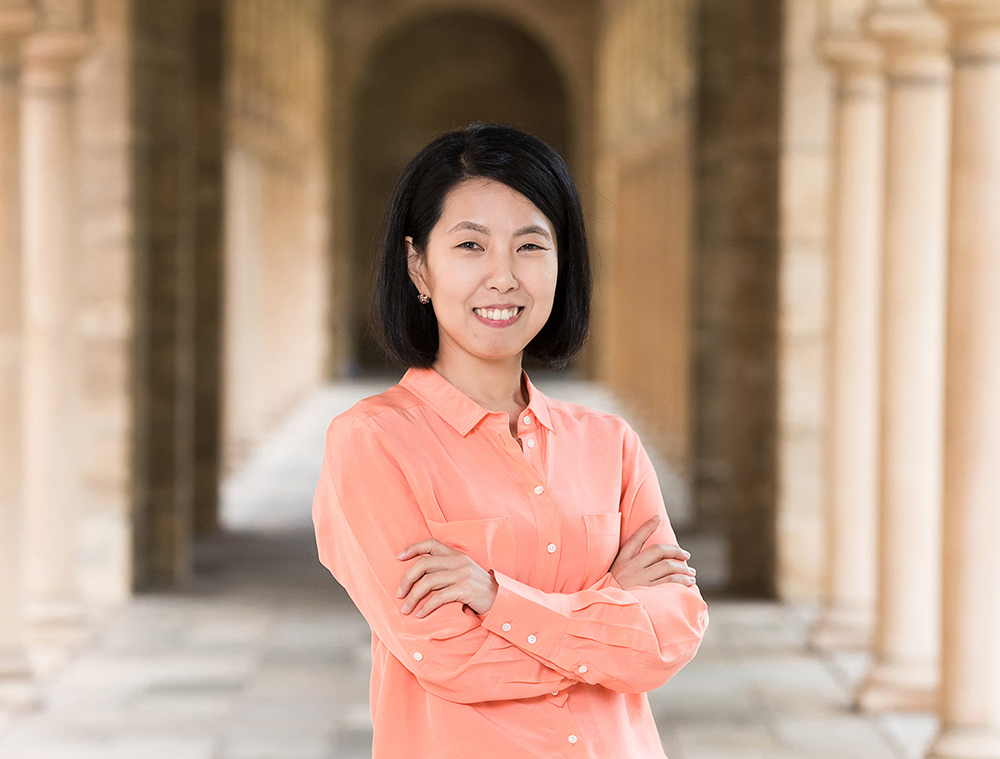
Dr Heejin Jeon has 15+ years of experience in LG-SIMS and its various microanalysis applications since completing her PhD in isotope geology at the Australian National University, 2012. She spent several years at the University of Western Australia, where she was involved in uranium particle analyses using LG-SIMS, as a part of International Atomic Energy Agency (IAEA)’s nuclear safeguards program. Currently based at NordSIMS, Swedish Museum of Natural History, Dr Jeon continues to work on various SIMS applications and collaborative research projects, including nuclear forensics in conjunction with IAEA and government radiation authority to develop methods for identifying unknown uranium particles.
Abstract:
“One way that SIMS contributes to world peace: U particle analysis in nuclear forensics”
Nuclear forensics is based on the investigation of nuclear materials collected from various sources such as the vicinity of a nuclear facility or the radioactive debris following a nuclear explosion, in the context of international nuclear security. Uranium particles separated from the collected dust samples are an important target for in-situ analysis to identify uranium materials, such as their enrichment level, age, and composition, and to track their origin and history. Due to the small size of U particles, typically a few um or less, LG-SIMS has been effectively employed to analyse them for both major and minor isotopes with a great sensitivity. I will present details of how LG-SIMS is used in nuclear forensics, from the sample preparation to the analysis procedures.
MARIN CARBONNE Johanna – University of Lausanne, Switzerland
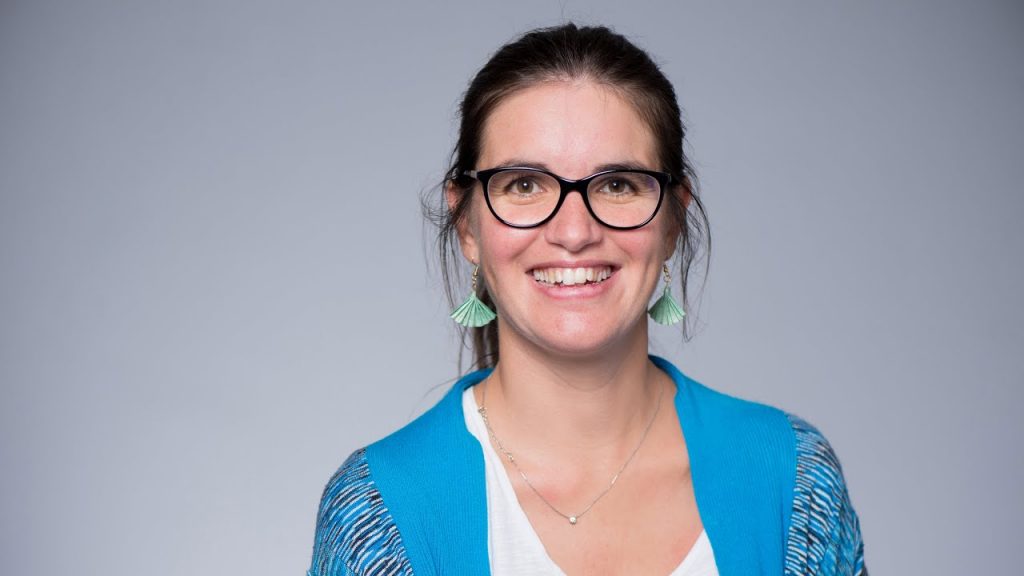
Johanna Marin Carbonne is an associate professor in stable isotope geochemistry at the University of Lausanne. She is also the director of the SwissSIMS National ionprobe facility owned by the Universities of Lausanne Bern, Geneva and ETHZ. Her research interests rely on understanding the early earth’s surface conditions, reconstructions of redox biogeochemical cycles of Fe and S through time and microbe mineral interactions.
Abstract:
“Early Earth and Geobiology: What (nano)SIMS can do!”
Secondary Ion Mass Spectrometry (SIMS) or NanoSIMS can reveal isotopic and/or elemental heterogeneities at very high spatial resolution in various minerals. Recent analytical improvements either in the detection or on the source, e.g., the new oxygen (primary) ion sources generation, have opened new avenues to target very small grains. Those isotopic and/or elemental compositions can be used to reconstruct ancient environmental conditions and/or serve as potential biosignatures in the rock record. In this lecture, we will review recent SIMS-based applications in a suite of sedimentary rocks, from the modern to Precambrian ages, which have helped us better constrain microbial activity and its diversity through geological time. In addition, we’ll provide some hints of how we can combine in-situ isotopic measurements and detailed petrography observations uniquely deconvolve ‘bio-signatures’ from the effect of the local environment and/or from the metamorphic processes. Similarly, we will demonstrate how microscale data can help to better understand bulk isotopic composition, and vice-versa, how bulk data are critical for a robust interpretation of microscale analyses. To better understand the early Earth S-cycle and its evolution, we will compare Archean to modern environments, to seek similarities and to unravel the scientific bottlenecks.
MEIBOM Anders – EPFL, Switzerland
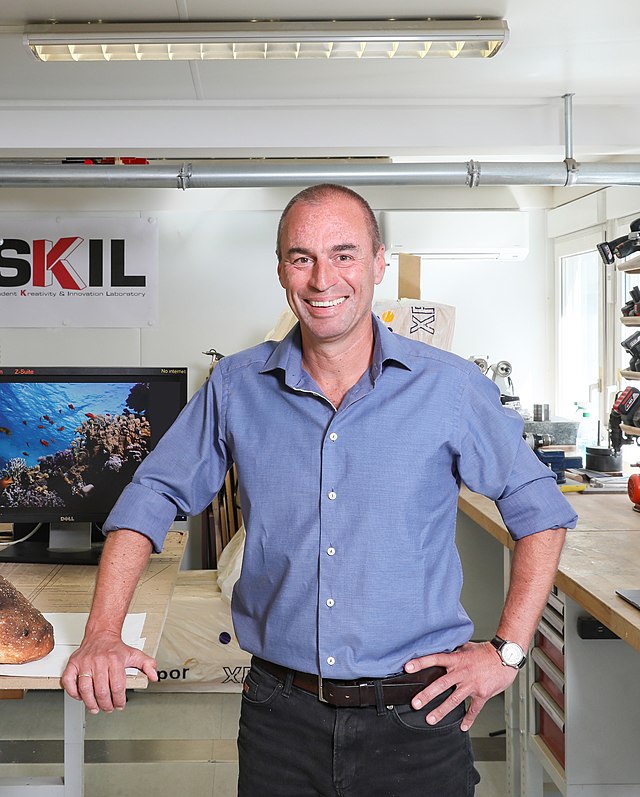
Anders Meibom is professor at the EPFL, where he directs the Laboratory for Biological Geochemistry. Since 2014, he is also professor ad personam at the nearby University of Lausanne. Scientific themes in the Laboratory for Biological Geochemistry are situated at the junction between isotope geochemistry and biology and investigates biological processes at the sub-cellular level by employing targeted isotopic labeling in combination cutting-edge micro-analytical tools, primarily TEM, SEM, and NanoSIMS.
Abstract:
“(Cryo)NanoSIMS imaging – and introduction and some examples”
The latest development from the Laboratory for Biological Geochemistry is the so-called CryoNanoSIMS. Results from work that have utilized this new analytical capability will be discussed during the presentation.
REMUSAT Laurent – MNHN-IMPMC, France
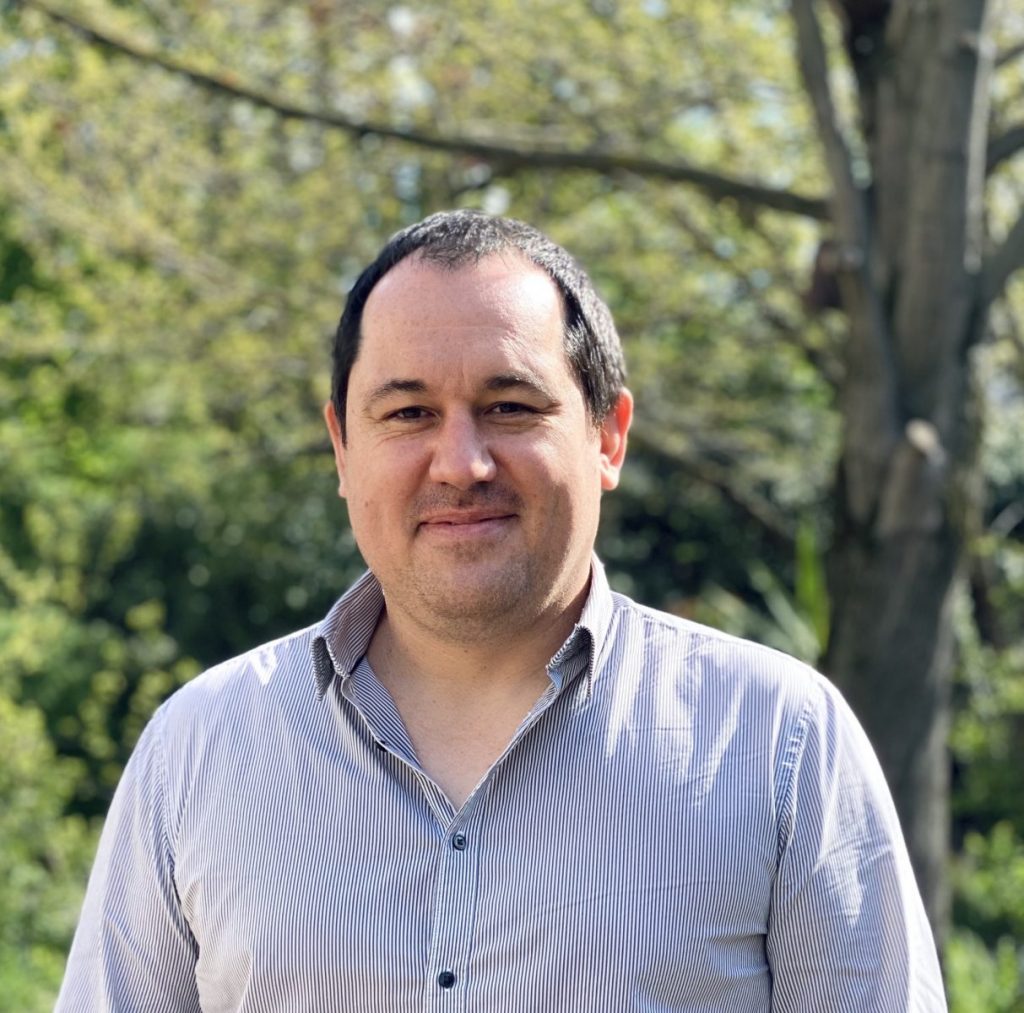
Laurent Remusat in a geochemist working at the National Museum of Natural History in Paris, France. He investigates the formation and evolution of carbonaceous chondrites, with a special interest in organic matter and volatiles. He also employs instruments with high spatial resolution, including the NanoSIMS, to study organic matter / mineral association in soils as well as volatile cycles in geology.
Abstract:
“NanoSIMS applications in geosciences: a journey from premolar grains to planet formation and evolution”
The investigation of presolar grains in extraterrestrial materials constituted one of the challenges that drove the development of the NanoSIMS. Thanks to its high sensitivity at high spatial resolution, crucial for the detection of tiny grains showing large isotope anomalies, this instrument paved the road for numerous discoveries in the formation of stars and planetary systems. In addition to other topics in cosmochemistry, the NanoSIMS has since been used to investigate various geological processes. Indeed, the NanoSIMS is a relevant instrument to study melting and differentiation in geology. This technique is one of the few suitable for the detection and quantification of volatiles and trace elements at the micron scale, in natural and experimental samples.
The applications of the NanoSIMS in cosmochemistry and geochemistry will be presented, with a special emphasis on the detection of isotope anomalies in extraterrestrial materials in addition to the investigation of differentiation and melting processes that shaped our planet and continents. Through these examples, this presentation will show the advances that NanoSIMS can bring to the understanding of crucial processes in geosciences.
YI Keewook – Korea Basic Science Institute, Korea
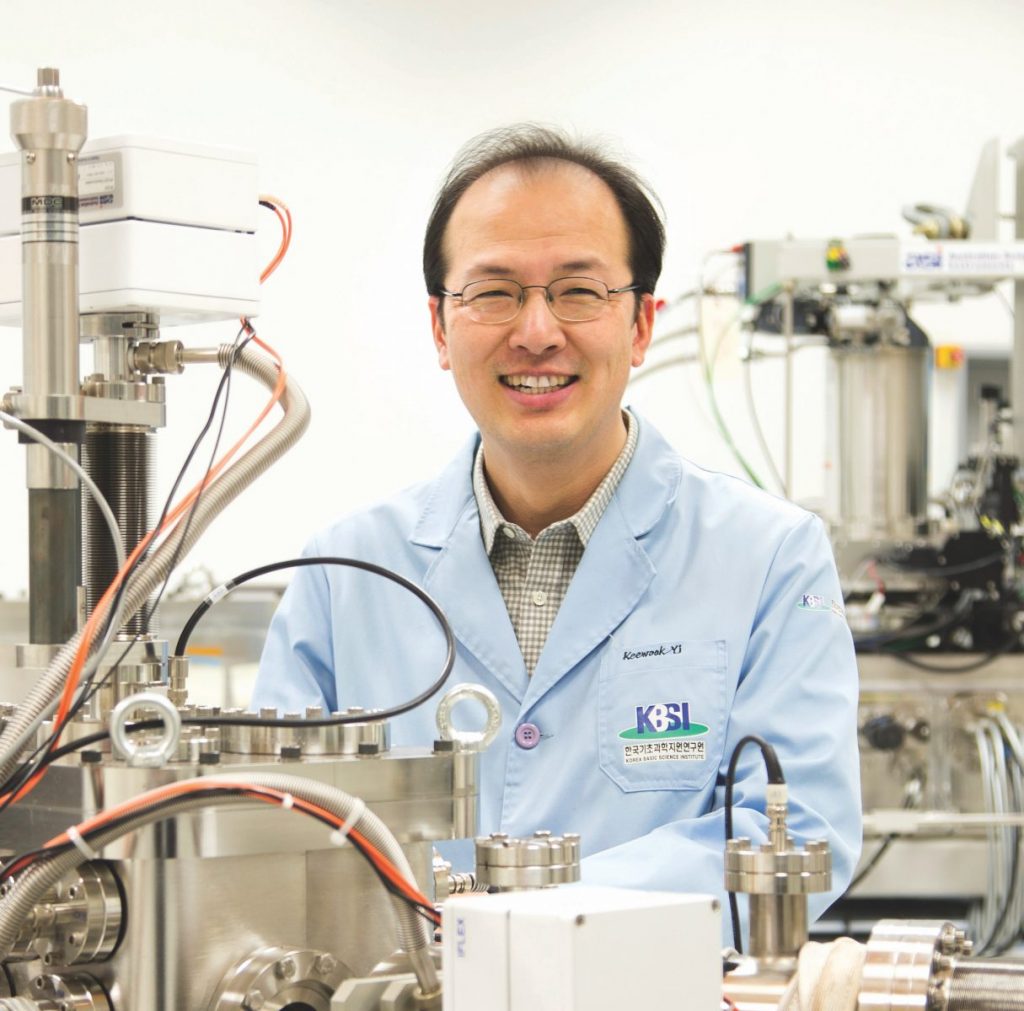
Keewook Yi is a lab manager of High Reolustion Secondary Ion Mass Spectrometry laboratory at Korea Basic Science Institute (KBSI). His current research interests focus on the development of SIMS reference materials for the geochronology of terrestrial and planetary minerals. Also, he has a several years of experience of development on new techniques in microanalysis of various metarmophic minerals. He received a PhD in Earth Sciences from Seoul National University. Prior to KBSI, he was on the research staff in the Digital Electron Microscopy Facility at Indiana University at Indianapolis.
Abstract:
“SIMS applications in geochronology”
High resolution and large geometry secondary ion mass spectrometer (HR-SIMS or LG-SIMS) have numerous advantages when they are applied to the in-situ geochronology on various accessory minerals, mainly because craters by one SIMS analysis commonly cover only areas of 10-10 m2 in surface and mass of 10-9 gram. The detection limit for ‘isotope of interest’ is few ppm levels and the internal precision is less than 1 % (1?). Thus, SIMS can easily identify the micro-isotopic heterogeneity originated from geological events in the regional scale, which is not easily achieved by conventional dissolution methods such as Thermal Ionization Mass Spectrometry. In last four decades since the first U-Pb zircon ages by SIMS on lunar Breccia (from Apollo 17), SIMS has been a quite popular instrument for pin-pointing specific episodes from history of the Earth and solar system. Moreover, SIMS geochronology allows the combination with other chemical and isotopic analysis such as REE composition, oxygen isotopic ratios, and Hf isotopic ratios from same grain of tiny minerals. More detail application by SIMS with other microbeam techniques will be discussed in the workshop.